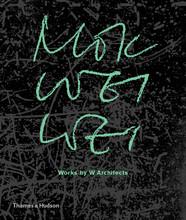The Architecture of Jacques Ferrier
Alexander Tzonis and Kenneth Powell
It was perhaps no surprise that Jacques Ferrier was personally selected by French President Nicolas Sarkozy to design the country’s pavilion for the Shanghai World Expo in 2010. It was to become, along with Thomas Heatherwick’s ‘Seed Cathedral’, one of the most lauded and visited pavilions of the fair, and embodied the key characteristics of Ferrier’s work: a deep interest in technology; the encouragement of social interaction through the use of courtyards, walkways and loggias; and the use of a perforated outer skin that not only responds to the need for internal climatic control but also provides an additional space for informal social gathering while softening the transition from the building’s internal space to the outside world. Influenced by the critic Rayner Banham, by the work of French architect–engineer Jean Prouvé, and by his early experience of working with Norman Foster, Jacques Ferrier has developed a highly individual approach to architecture that seeks to harness technology in order to create buildings and urban environments that fully engage with the practical and emotional needs of people. Central to Ferrier’s philosophy is the idea of the ‘Sensual City’, which aims to create buildings and cities that engage with the five senses – sound, smell, sight, touch and taste – that are central to human experience. Ferrier is the antithesis of the celebrity ‘starchitect’, but his work stands out precisely because of its calm thoughtfulness, sensitivity and precision.




























